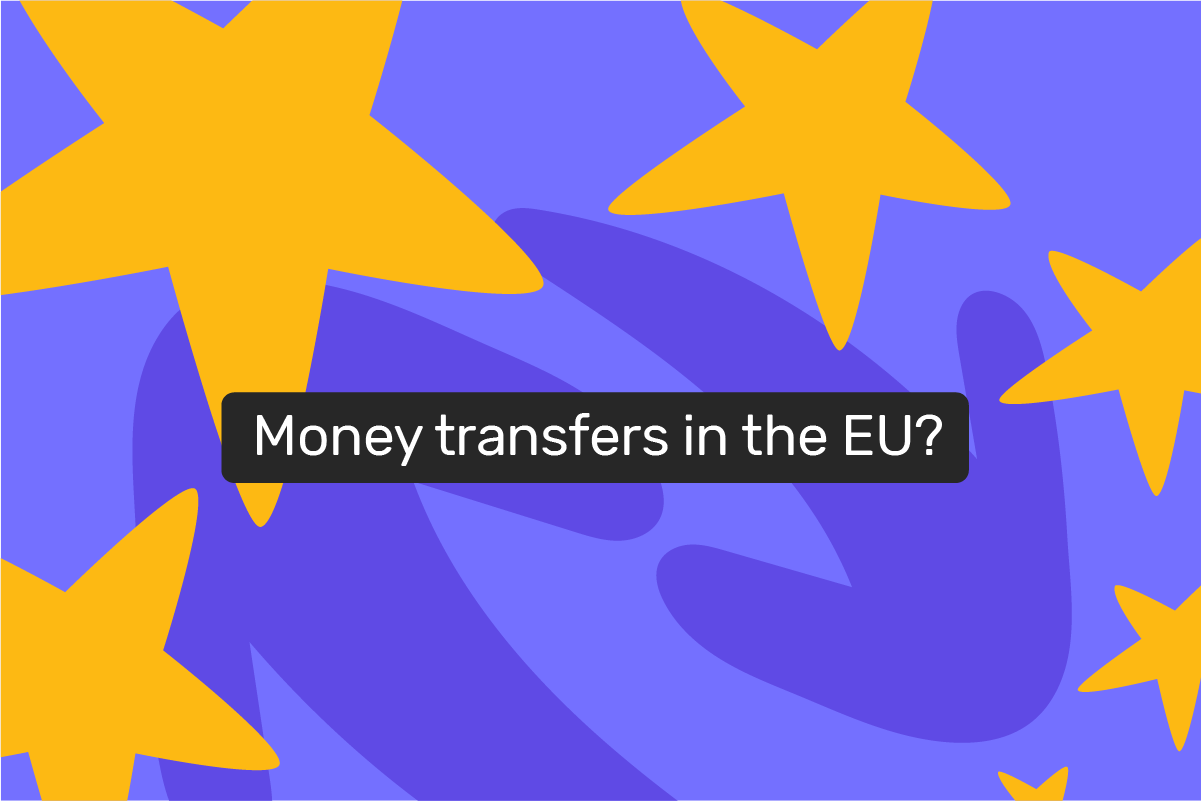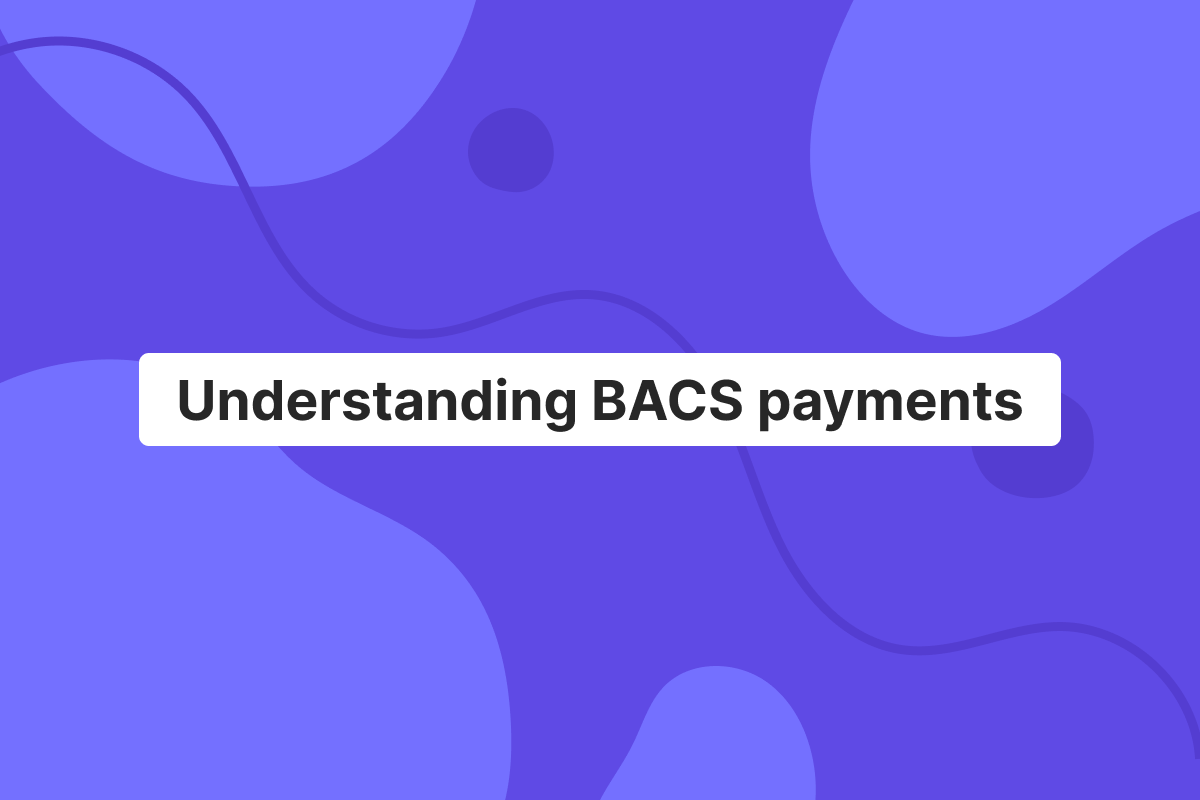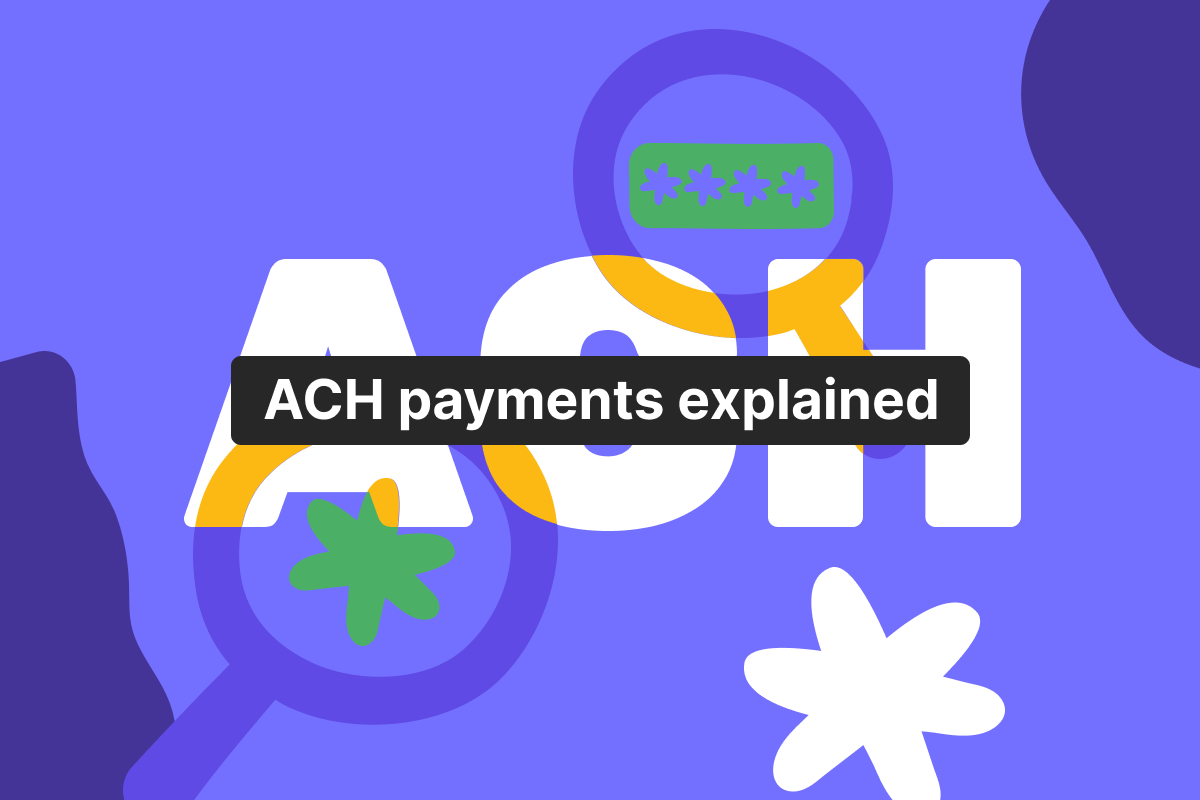Genome Blog / articles / What money transfer systems exist between the countries of the European Union
May. 18, 2022
Money transfers are one of the modern-day amenities nobody wants to skip. Long gone are the days when you had to travel long distances to meet people you wanted to give money to, or even when you had to visit banks for the purpose.
Today, all you need to transfer money between countries is an internet connection and to open an account at Genome! This time our team explores what are money transfer systems and some of the most popular ways of safe transfers across the EU.
What is a money transfer system?
The term is pretty broad, as it refers to all the components a bank or other financial service requires to transfer money between countries, within one state, etc.
What is also important to note is that some companies may call themselves money transfer systems. In some cases, these are some banks and financial institutions, and sometimes these are specialized transfer companies akin to Western Union. To find out how to transfer money between countries using the latter, check out this article.
Now, as we have a general grasp on what money transfer systems are, let’s discuss how to transfer money between countries of the European Union.
Sending money in the EU: what to know
As we have mentioned, the transfer system is a general term; thus, it is better to focus on describing the main options for people to transfer funds in Europe.
The many variations of SEPA transfers
The implementation of Single Euro Payments Euro made international EUR transfers within the EU more cheap, quick, and efficient. Most, if not all, European financial services offer SEPA payments option, making it very common.
You don’t need much to transfer money between countries with SEPA. Using your bank account, order a payment: you must provide the recipient’s full name and their IBAN. Sometimes the BIC is also necessary, but multiple institutions, like Genome, manage to perform the operation without said data.
But it is also crucial to remember that said transfers can be only made in euro currency. Thus, when choosing a bank or PSP, ensure it has transparent and affordable exchange rates for EUR to GBP, EUR to USD, and other currencies you may require.
There are three types of payments:
SEPA Credit Transfers. The SCTs are your standard SEPA transfers, so to speak. They take one to two business days to complete.
SEPA Direct Debit. SDD scheme is frequently used for requiring payments, although one-time transfers can also occur. These are initiated by the third party rather than the account owner and take the same time as SCTs to complete.
In turn, these have two kinds: Core Direct Debit (SDD Core) and B2B Direct Debit (SDD B2B). Their main differences are that the B2B scheme can only be used by businesses and doesn’t allow refunds. Also, it is mandatory that the financial service take part in the Core scheme, but it is optional with the B2B one.
SEPA Instant Credit Transfer. As the name suggests, SCT Inst is extremely fast, the payment takes up to 10 seconds to complete. However, there are two downsides: not as many institutions provide such a scheme compared to the standard SCT one. As of November 2021, there are 2279 participants in the scheme. And there’s a 100 000 euro limit per transfer.
The widespread SWIFT transfers
Although SEPA payments are the staple for the EU, people sometimes need that extra something. Here is where SWIFT transfers come into place, as this messaging network operates in over 200 countries and territories, offering payments in all currencies.
Thus, you might need to use SWIFT if you want to make a transfer in currencies other than the euro or transfer money between countries that are not in the EU.
To make such a payment, one also needs the receiver’s name, SWIFT code, and IBAN/account number. Be mindful that SWIFT transfers take longer to complete – 2 to 5 business days, and are more expensive than SEPA ones.
Other ways to transfer money between countries
With rapid digitalization, more and more financial companies arise in the European market. Some offer the aforementioned SEPA and SWIFT payments, P2P, bank transfers, their transfer systems, etc.
When choosing a company like that, check their service fees, how safe they are, and which countries they operate in. Genome is a great example of such a payment system.
Make safe transfers with Genome
Genome provides personal and business wallets. You can start accounts in EUR, USD, and GBP within your wallet and transfer money between them however you please: EUR – GBP, EUR – USD, USD – GBP, you name it!
With us, you can make safe transfers via SEPA from the comfort of your home – all you need is the person’s name and IBAN. Moreover, you can transfer money between countries instantly if the receiver has an account at Genome! Our internal transfers take seconds to complete and are free!
Genome is PCI DSS and PSD2 compliant; your accounts and all outgoing payments are protected with two-factor authentication. Moreover, the business wallet users get Genome tokens for safe transfers. The token allows the wallet owners to authorize all outgoing payments separately.
FAQ
How does money get transferred between countries?
To transfer money between countries, a person needs an account at a bank or other financial institution. Or, they can use the services of wire transfer companies directly – by coming to the branch with physical money and ordering a transfer.
Which systems are used for money transfers?
As we explained in the article, multiple money transfer systems provide different types of safe transfers, such as SEPA and SWIFT payments, credit transfers, direct debits, P2P payments, etc. So, some of the widespread money transfer systems are Wise, Skrill, PayPal, WorldRemit, etc.
Which method is used for international money transfers?
There are a couple of ways you can send money internationally. One of the most common ways, however, is SWIFT transfers. They cover over 200 countries and can be made in multiple different currencies. Also, you can transfer money between countries in the EU using SEPA payments offered by Genome.
Can banks transfer money between countries?
Yes, they can; this is one of their main features. And not only banks. Other financial services provide such options too. For instance, Genome Electronic Money Institution is licensed and supervised by Lithuania’s central bank. The EMI is efficient for personal and business users to transfer money between countries.





